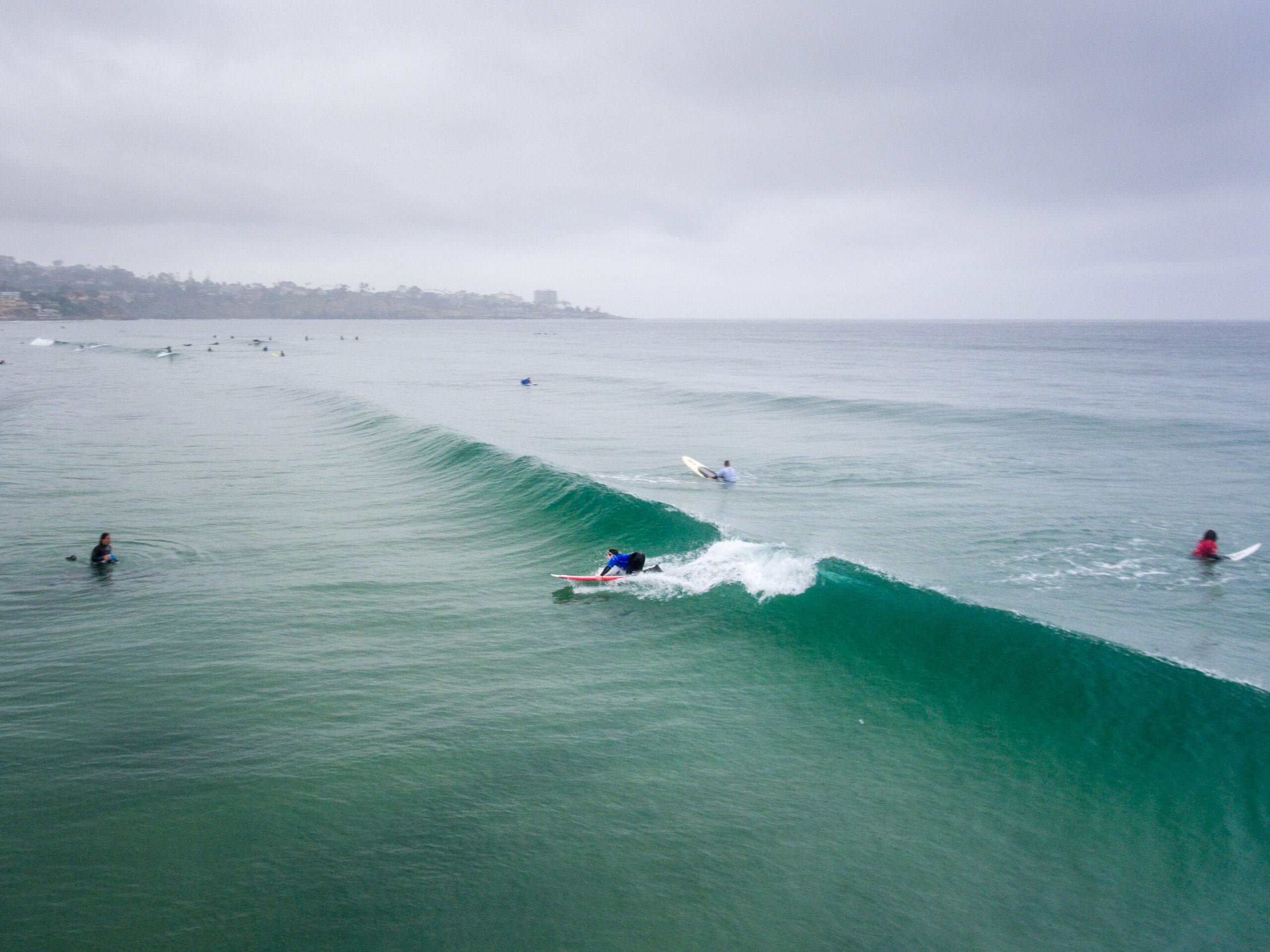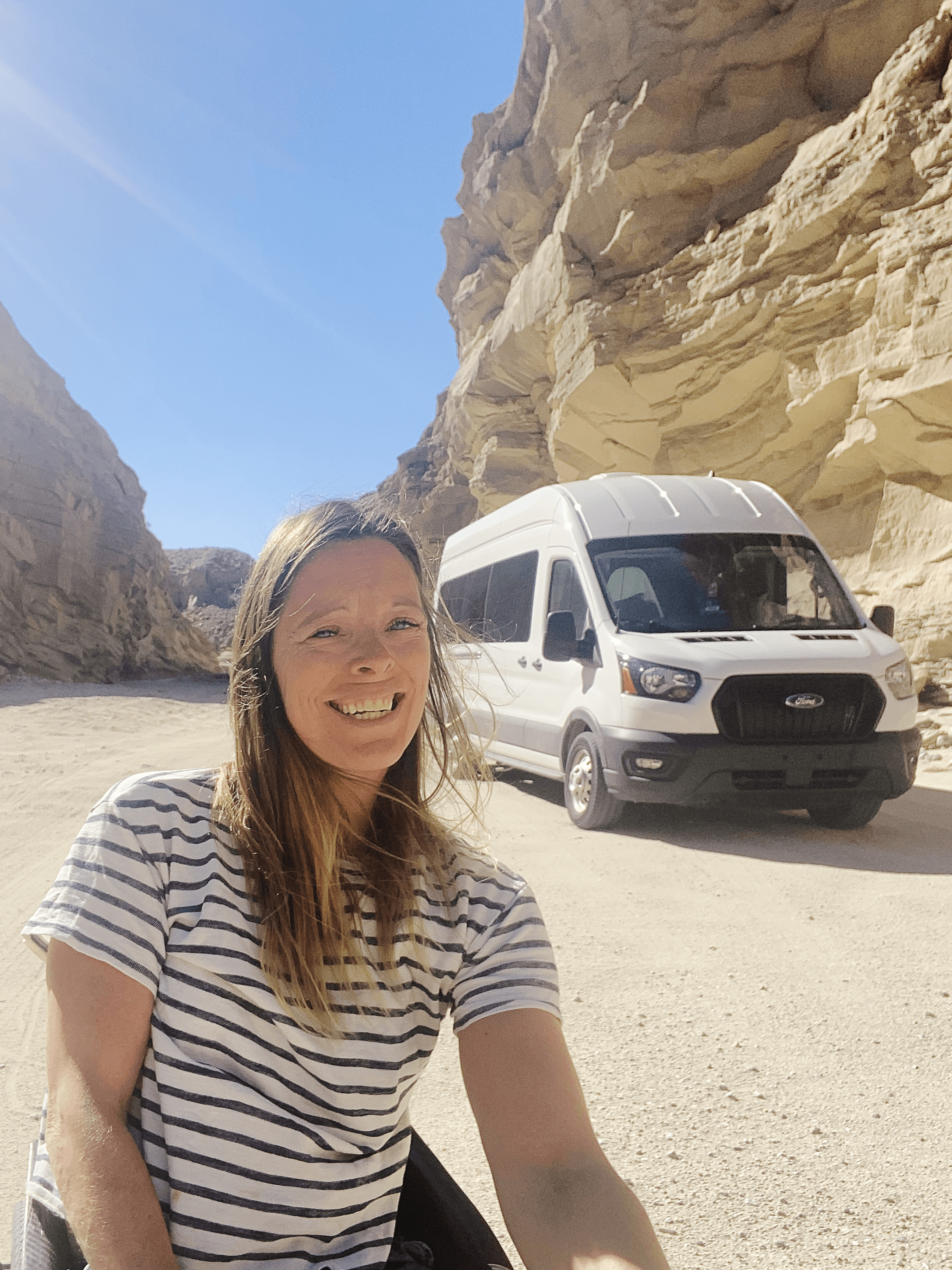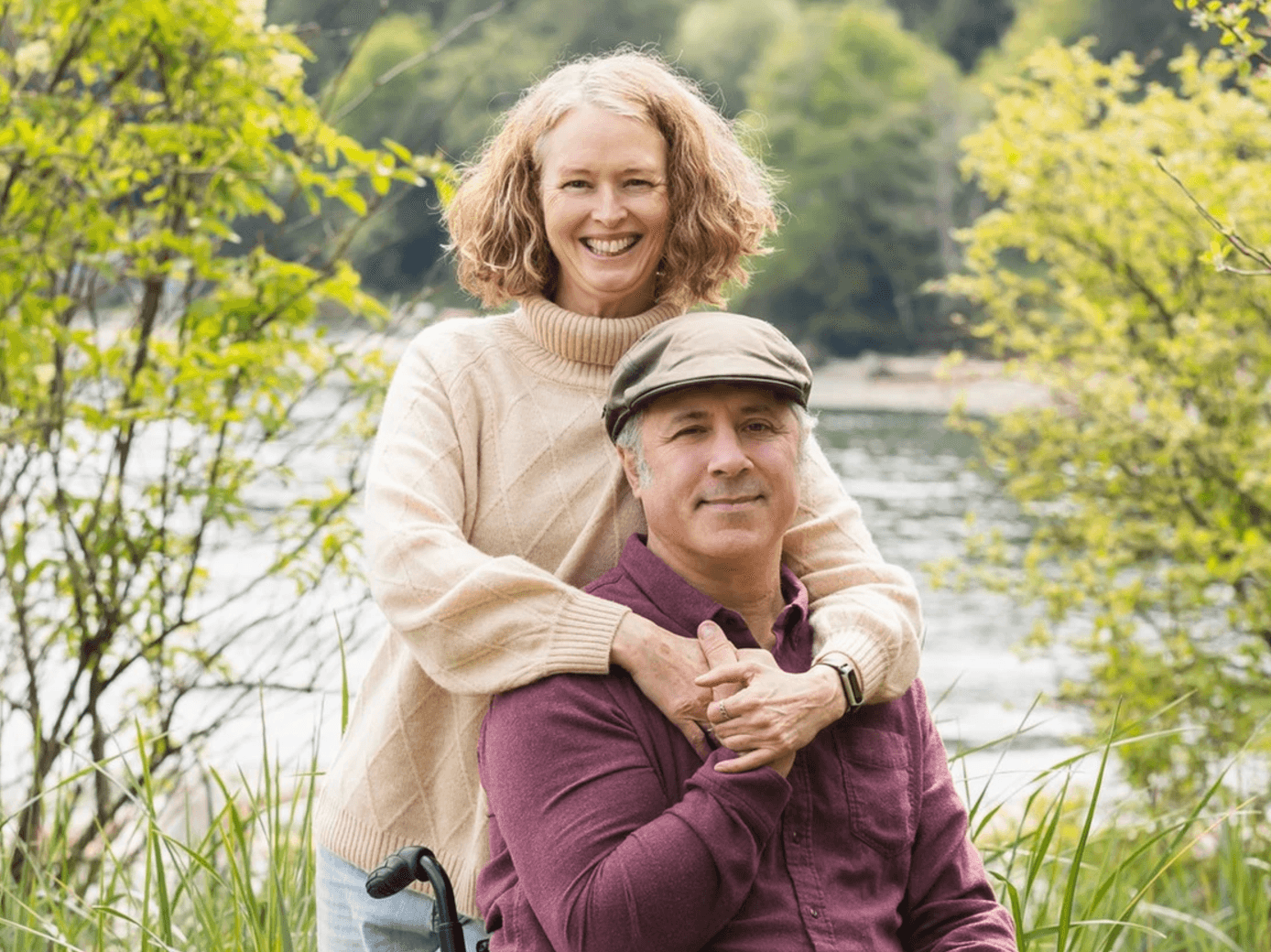The second annual International Surfing Association World Adaptive Surfing Championship, held from December 8 to 11 in California, featured athletes from 22 countries including Canada. We asked Team Canada Manager Gerry Burns, who is one of our own SCI BC Peers, to put on his reporter hat and be The Spin’s colour commentator for the event.
– by Gerry Burns
(this article originally appeared in the Spring 2017 Issue of The Spin)
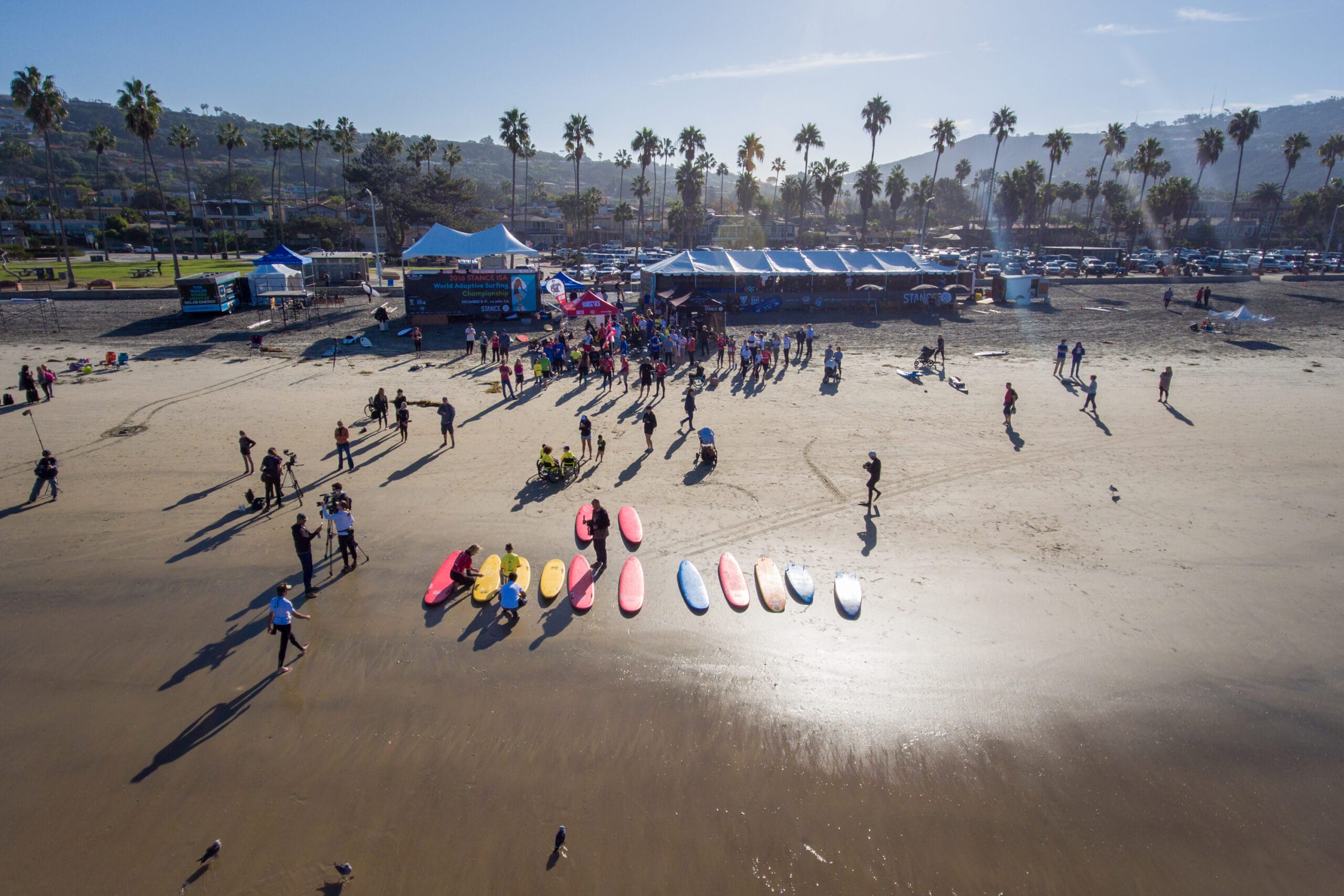
In recent years, the adaptive surfing scene has really been a rapidly growing global phenomenon. New surfers are being continuously introduced to the sport, and it’s awesome to see adaptive surfing’s growth at the competitive level as well. This was certainly underscored at the inaugural World Adaptive Surfing Championship in 2015. I watched video of the entire competition and was completely stoked by all the countries represented, the camaraderie, the wild board adaptations, and the crowning of new world champions.
In fact, I was so intrigued that I made it my mission to get involved in helping Canada develop a team to compete in the 2016 World Adaptive Surfing Championships, presented by the International Surfing Association (ISA) and apparel company Stance.
I clearly remember being in rehab and someone telling me about quadriplegic surfer Jesse Billauer and his non-profit foundation, Life Rolls On, which has grown into an annual tour of epic surf and skate events for wheelchair athletes. Jesse’s example instantly gave me tons of hope. I’d go on to meet Jesse and surf with him. I became incredibly passionate about adaptive surfing, and I soon found myself heading down to Mexico on my own, with my bags, my surfboard and my walker. I was unable to even get on beaches by myself, but always found ways to meet local surfers who’d help me, paddle me out to the waves, and take me out to some of my favourite secret spots that I loved surfing able-bodied 20 years prior. That was living life again!
So I contacted Surf Canada (formerly the Canadian Surfing Association) to express my interest in helping out. President Dom Domic was super stoked about the growth of adaptive surfing and the prospect of a Team Canada competing in 2016. He also told me about Pascale Martineau, a surfing enthusiast from Quebec who also wanted to be involved in the development of Team Canada. We were in contact a lot and soon the adaptive surf committee within the Canadian Surfing Association was formed.
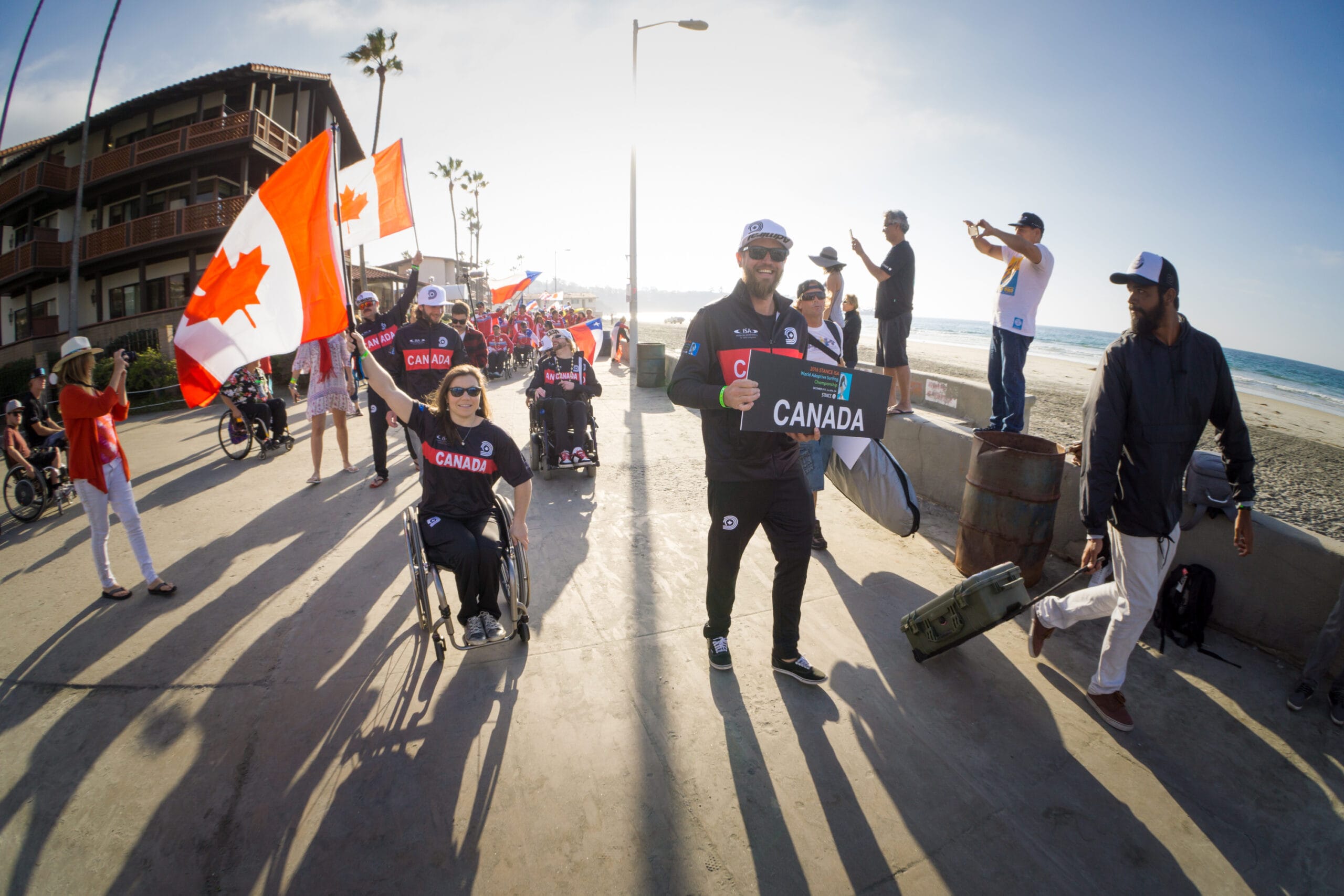
Our immediate goal was to create Canada’s first-ever adaptive surfing team to participate in the 2016 Championship. But looking forward, we realized there were longer-term goals within reach. The inclusion of surfing into the 2020 Olympics also means there’s a good possibility of adapted surfing being added to the Paralympics in 2024. Clearly, the popularity of the World Adaptive Surfing Championships will have a direct impact on the sport being included in the Paralympics, not to mention creating greater interest and access to the sport across Canada.
The parameters developed by ISA allow each national team to field a maximum of eight surfers, who can participate in six different divisions based on disability and function. Our team ended up consisting of four athletes: Nathan Smids, a below knee amputee from Ontario who already had some international success; Victoria Feige, an incomplete para-athlete from Vancouver; Scott Patterson, a double leg amputee and two-sport Paralympian from Vancouver; and Daniel Shoemaker, a full-arm amputee from Victoria who is also a member of Team Canada’s adaptive snowboard team.
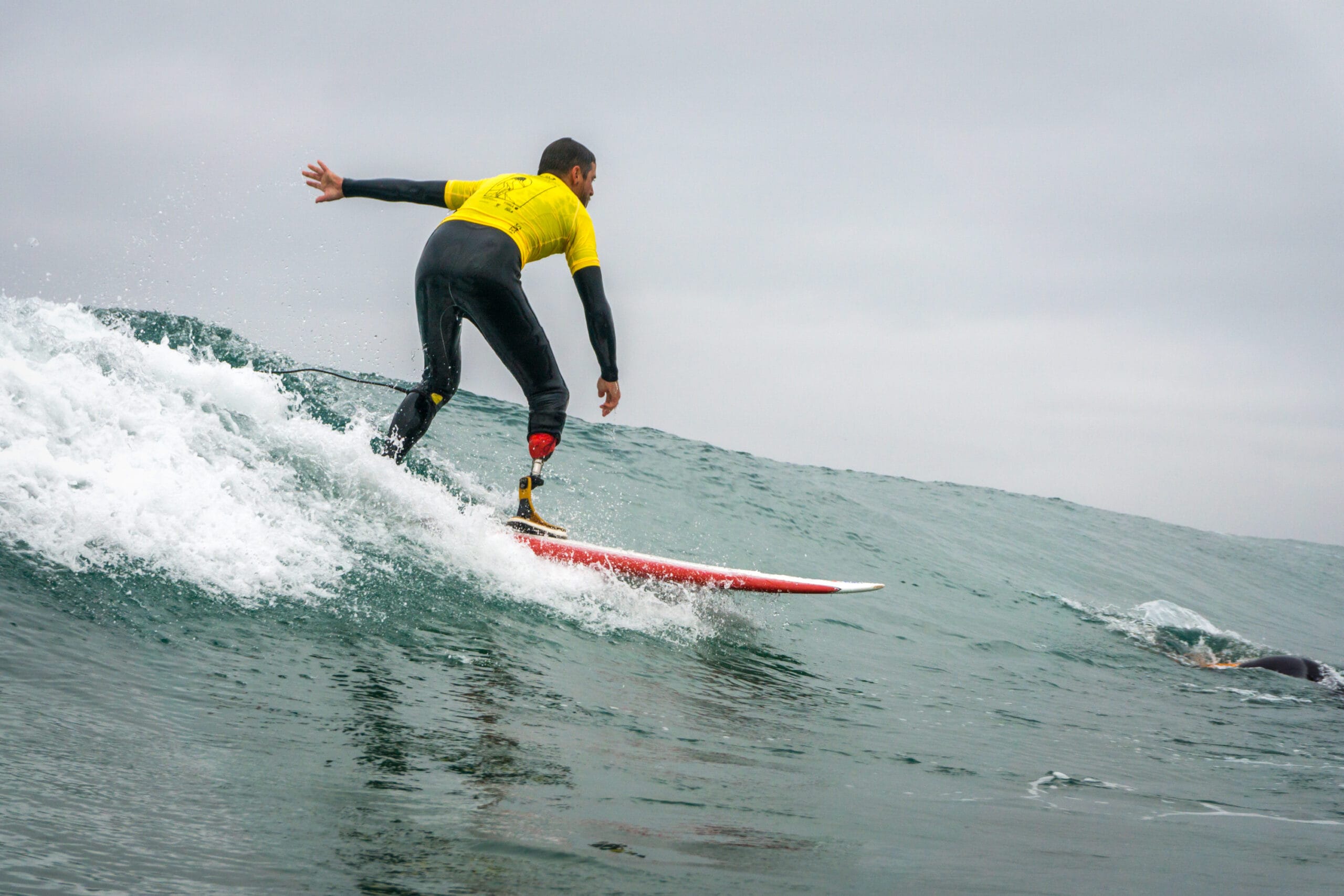
With the organizational work done, I drove down to La Jolla, just outside of San Diego, eagerly anticipating the event and finally getting to meet our surfers and my fellow organizer Pascale. Not surprisingly, they turned out to be a totally cool bunch of peeps!
The event kicked off with an opening ceremony held along the seawall by the beach. The vibe was electric as an amazing community of surfers, supporters and team officials from all over the world cruised down the sea wall towards the park, waving their countries’ flags. Our flag bearer, Victoria, along with Nate, was called to the stage for Canada for the traditional “sands of the world” ceremony. Nate added a jar of our local Cox Bay sand from Tofino into a tank with sand brought by the other 21 nations. A symposium and barbecue followed—a great opportunity to meet long-time surf friends and make new ones.
The next day I attended the managers meeting to hear the details about scoring and rules from a panel of judges. Meanwhile, a surf clinic was held at the beach in front, with the goal of introducing newer surfers to the sport of adaptive surfing.
Finally, the first day of competition arrived. La Jolla beach was crowded with flag-waving supporters, spectators, and surfers taking to the water for their heats. All surfers got in a couple of 20 minute heats making the most of the waves they had on hand. It was awesome seeing our Canadian surfers representing out there on the world stage! Seeing all the pure stoke from the surfers, the great camaraderie between the nations, and the impact the event had on all the spectators was really rad.
On day two, the waves started off cleaner and bigger, building into the afternoon. It was really cool every time the announcers mentioned one of our Canadian surfers in the water, but I really loved when I heard the extra shoutouts like, “Surfer in blue, that’s Scott Patterson of Canada eyeing up the big outside wave, yes, he’s caught it, and that has to be the biggest wave of the morning!”
I was fascinated watching our surfers work their adaptive styles to the best of their abilities—making great moves riding the waves from top to bottom, carving some nice fluid cutbacks, changing stances to display their variety of moves, and sometimes gunning it down the line fast in great form. Nate finished off one of his impressive heats right on the finishing horn with a perfectly timed floater move, and Victoria caught a wave in the final seconds too, riding it right into the beach while changing her stance to nohands for some sweet extra points.
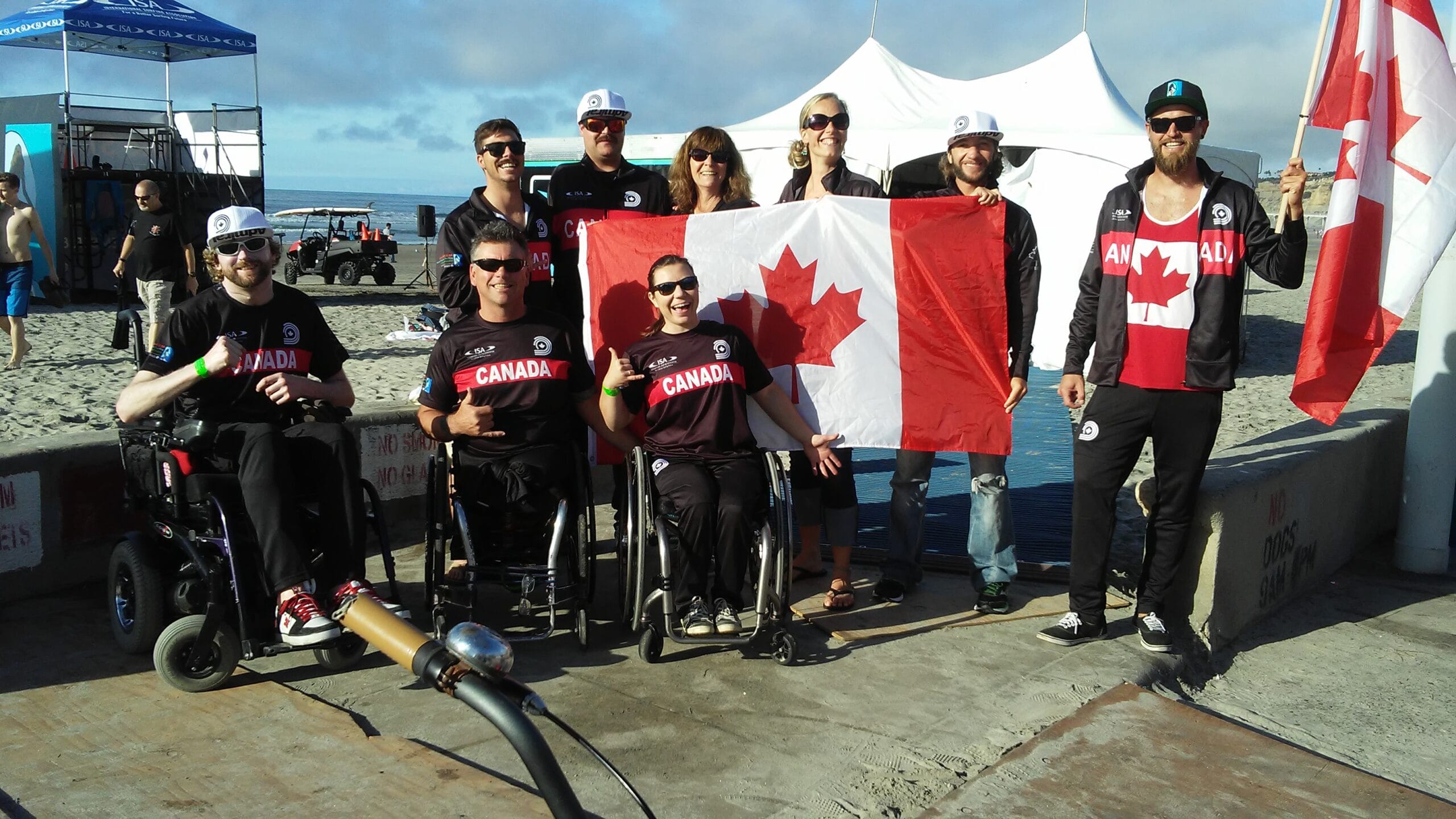
At the end of the day, we were all excited for Nate when it turned out that he had advanced to the quarterfinals.
All of our team, friends and some family were all there bright and early on day three to cheer Nate on. It was a great quarterfinal battle. Nate just missed advancing to the semi-finals by one point. But he earned himself 9th place in his division—no small feat when you’re competing against the world’s best!
For the remainder of the day, our entire team joined the crowd on the beach to cheer on all the surfers through the semi-finals and the finals. It was incredible seeing each new champion surfer carried overhead in celebration up the beach, holding their board up high, their country’s flags waving around them!
With the competition officially over, the closing ceremony was held on the beach with the top four in each division final awarded medals. The talent level of all these finalists was off the hook and it was sweet to see the diversity of disabilities represented.
Next, team awards were presented to the top four nations based on the combined scores of their team members. I know every member of our team already felt so proud to be a member of Canada’s first ever world adaptive surf team, but placing well in the team standings against so many powerhouse surf nations would be a fantastic bonus. In the end, Canada placed 11th out of 22 nations—an excellent result for our team’s first year.
As spectators on the beach dispersed and surfboards were being packed away, new and old friends said their goodbyes until next time. I took it all in from the beach, totally appreciating the moment and reflecting on how proud I was of our team—and how far we’d come in a year.
Adaptive surfing in Canada has caught a wave, and hopefully, it’s only going to grow in the future!
